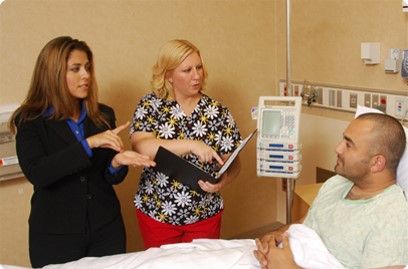People born deaf or becoming deaf at a very early age (before acquiring spoken language) learn and use sign language as their first, native language. Deaf sign language users make up about 0.1%-0.5% of the whole population in any given country. Deaf people are in need of assistance – interpretation – in all areas of everyday life where understanding of spoken language is necessary. Availability and accessibility of interpretation to sign language is limited even in countries with the most advanced support systems. There is a limited number of skilled interpreters, and booking of interpreters have to be arranged well in advance. Recent technology-based solutions, especially video remote interpretation, improved the availability of support somewhat. However, these solutions have practical (usability) and technological limitations and still rely on the same, limited number of interpreters.



